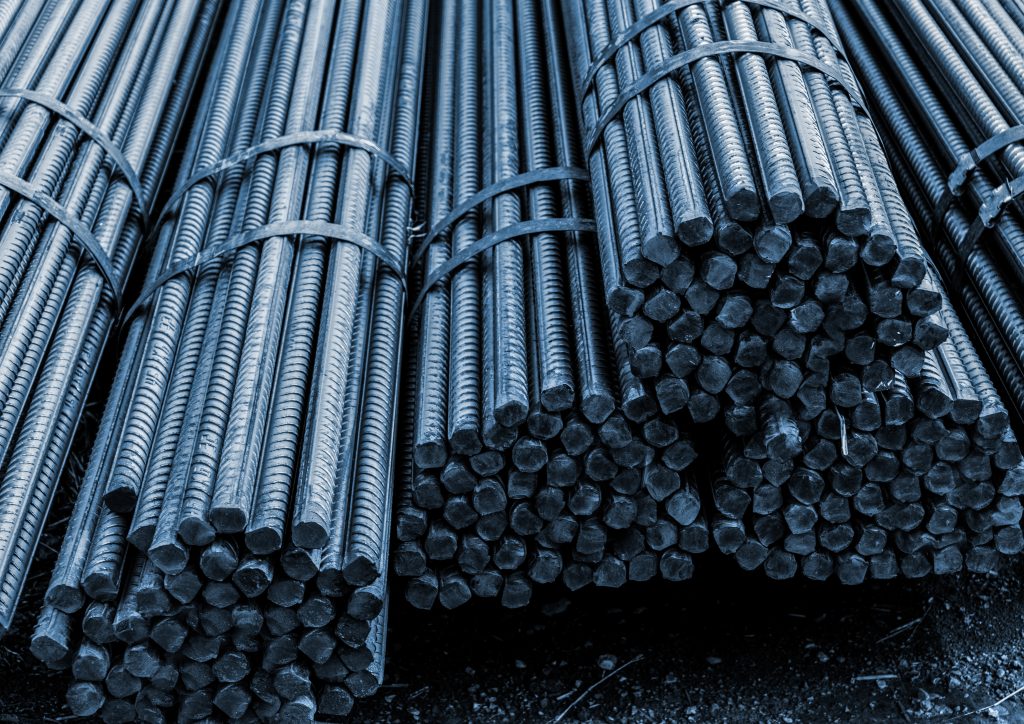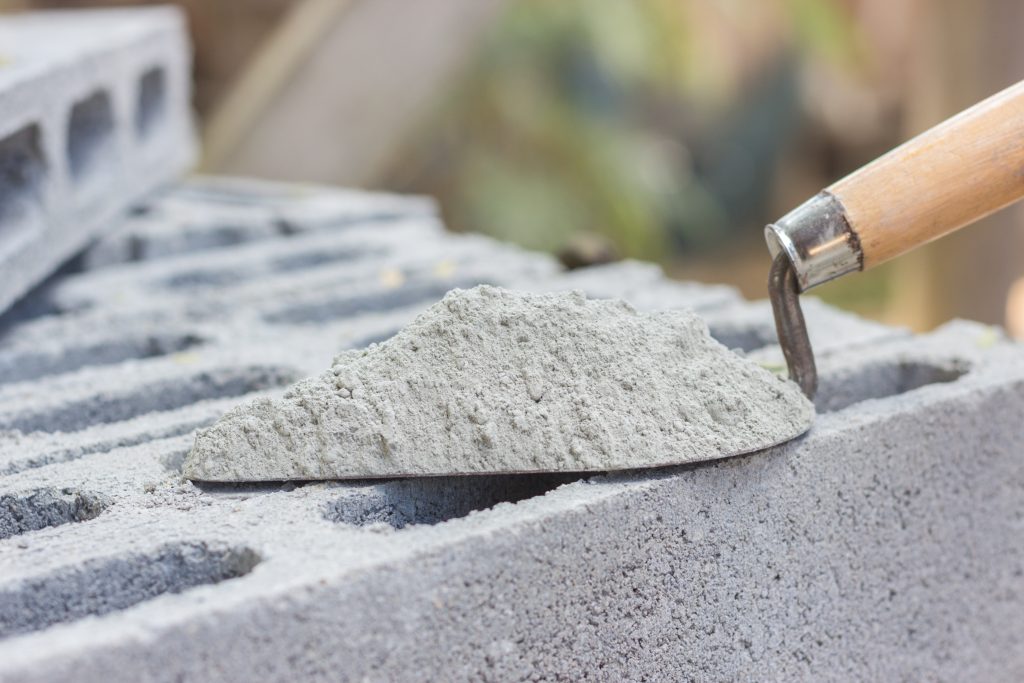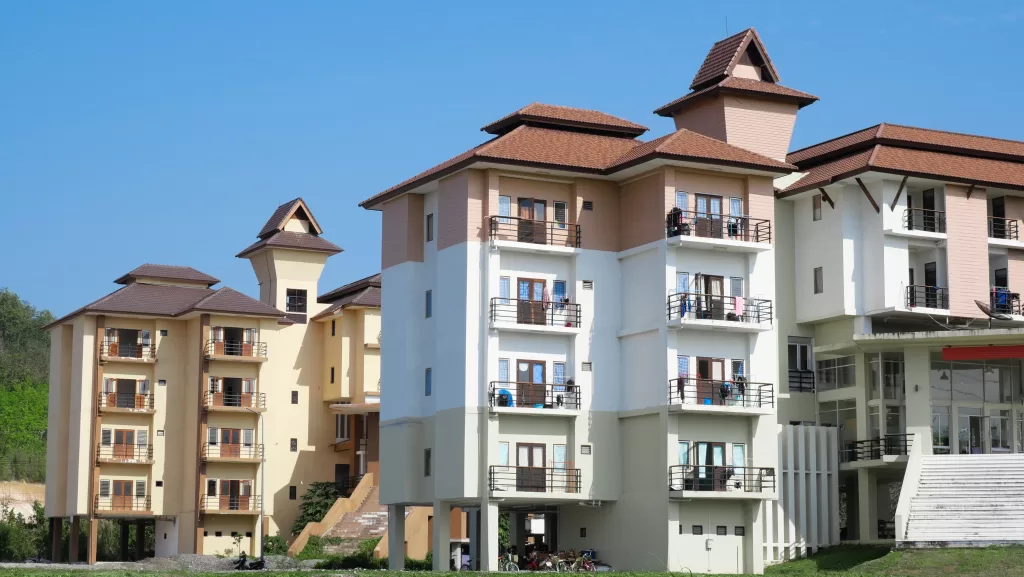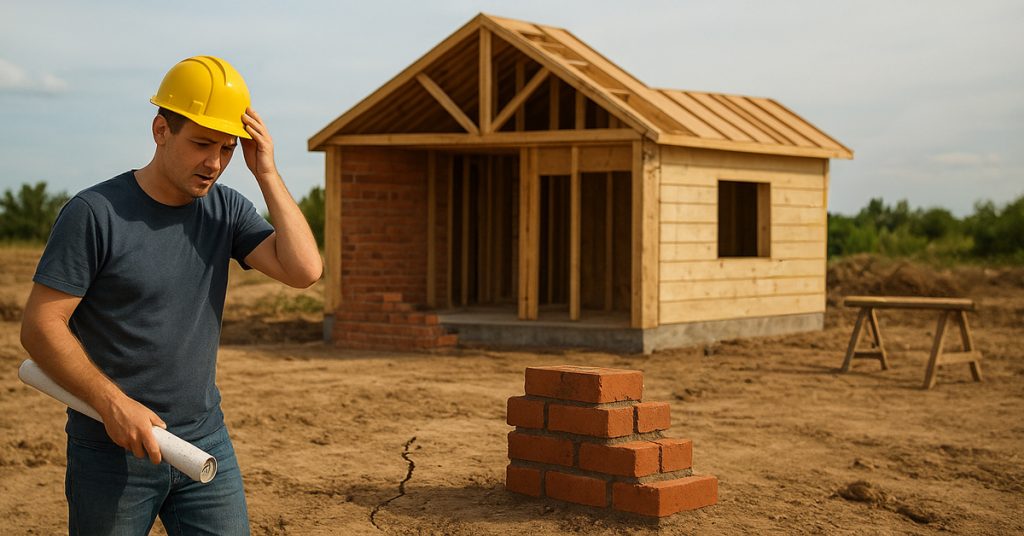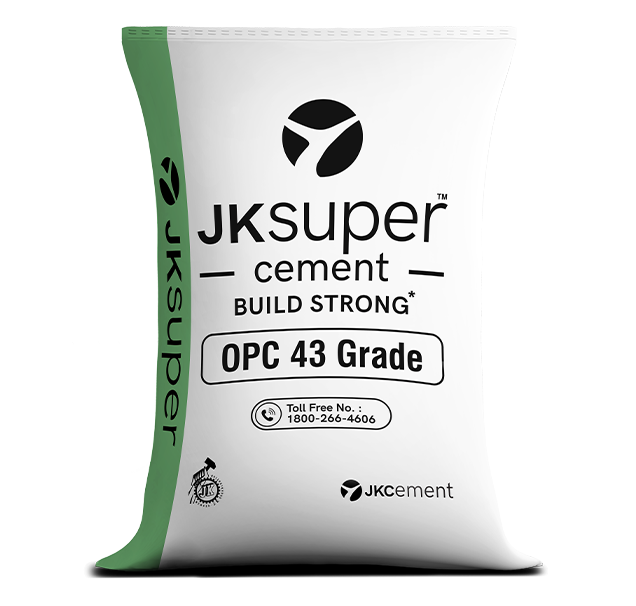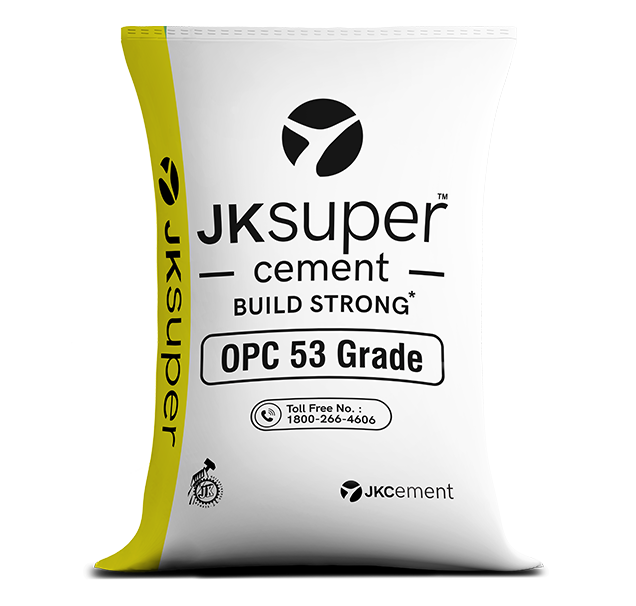Construction projects often require steel bars to create the framework of various structures. However, selecting the appropriate steel rods for a construction project can be a complex process. You need to consider various factors to make the right choice. In this blog, we will provide you with essential information on how to select iron rods for construction projects. So, keep reading on.
What Are Steel Bars?
Steel bars are also known as reinforcing bars or rebars. Steel bars for construction are mainly made of carbon steel, an alloy of iron and carbon. This alloy is chosen for its high tensile strength, making it ideal for reinforcing concrete structures. During the manufacturing process, molten steel is poured into moulds to form solid cylindrical shapes. These shapes are then cooled and cut into various lengths, depending on the requirements of the construction project.
How to Select Steel Rods for Construction?
Choosing the right steel rods for construction projects is crucial to ensure structural integrity, durability and safety. Here is a simplified guide to help you navigate the process:
Determine the structural requirements:
Before selecting steel rods for construction, it is essential to understand the specific structural requirements of the project. Consider factors such as load-bearing capacity, environmental conditions and design specifications.
Assess steel grade and strength:
Steel bars for construction are available in various grades and strengths, each suited to different applications. Determine the required strength based on the structural calculations and load analysis.
Evaluate fabrication requirements:
If welding or fabrication is required during construction, consider the weldability and formability of the chosen steel grade. Some steels are easier to weld and shape than others.
Cost and availability:
Compare prices from different suppliers and assess the availability of the required steel grades and sizes to meet project timelines.
Consult with experts:
If in doubt, seek guidance from structural engineers or steel experts. They can provide valuable insights and recommendations based on their expertise and experience.
Connect with JK BuildXpert for more information on steel bars for your construction needs.
Types of Steel Bars for Construction
Steel bars come in several types, each with unique properties and applications. So let us find out which steel rod is used for construction:
Mild steel bar
Mild steel bars are commonly used in construction due to their affordability and ease of manipulation. They have a relatively low carbon content which makes them soft and ductile. This allows for easy bending and shaping. Mild steel bars are suitable for small-scale construction projects where moderate strength is sufficient.
Medium tensile steel bar
Medium tensile steel bars offer higher strength. They are suitable for applications that require greater load-bearing capacity. These bars have a higher carbon content and are heat-treated to improve their tensile strength while maintaining good ductility.
Cold rolled steel bar
Cold-rolled steel bars are processed at room temperature. They exhibit improved strength and surface hardness. They are suitable for applications that require tight tolerances and fine surface quality. Cold-rolled steel bars are commonly used in automotive components, machine parts, and precision engineering applications.
Thermo Mechanically Treated bar (TMT)
TMT bars undergo a controlled manufacturing process that involves quenching and tempering to improve their mechanical properties. These bars exhibit high strength, ductility, and weldability. They are the ideal choice for reinforced concrete structures in high-rise buildings, bridges, and infrastructure projects.
Factors to Consider When Selecting Steel Bars for Construction
Here are the essential factors to consider when selecting the most suitable iron rod for construction needs:
Chemical composition:
The chemical composition of steel bars determines their properties and suitability for specific applications. Pay attention to elements such as carbon, manganese and alloying elements. These elements influence the steel’s strength, ductility and corrosion resistance.
Grade of steel:
Steel bars are available in different grades, each designed for specific purposes. Consider the required strength and performance criteria of the construction project when selecting the appropriate grade of steel.
Tensile strength and ductility:
The tensile strength and ductility of steel bars are critical factors in determining their ability to withstand loads and deformations. Choose steel bars with the right balance of strength and ductility to ensure structural integrity and safety.
Corrosion resistance:
In environments prone to corrosion, such as coastal areas or industrial settings, opt for steel bars with high corrosion resistance. Look for coatings or alloy compositions that enhance the bars’ ability to resist rust and degradation over time.
BIS certification:
Ensure that the selected steel bars comply with the standards set by the Bureau of Indian Standards (BIS). BIS certification guarantees the quality, performance, and safety of the steel bars. This assures their suitability for construction applications.
Conclusion
Selecting the appropriate steel rods for construction is key to building long-lasting and reliable structures. With careful consideration of key factors and abiding by your project details, you can find the right iron steel bars for your construction project.
Ready to build with confidence? Choose JK Cement, a leading construction company in India, that provides strong cement to numerous construction needs.
FAQs
What precautions should I take when handling and storing steel?
When handling and storing steel, ensure proper lifting equipment is used to prevent accidents. Store steel in a dry, well-ventilated area to prevent corrosion.
What are the different types of steel bars available for construction?
Common types of steel bars for construction include mild steel, medium tensile steel, stainless steel, cold-rolled steel, and thermo-mechanically treated (TMT) bars.
How do I determine the appropriate size and shape of steel bars for my project?
You can determine the appropriate size and shape of steel bars for your project by consulting structural drawings and calculations.
What factors influence the choice between hot-rolled and cold-worked steel bars?
The choice between these steel bars depends on factors such as required dimensional accuracy, surface finish, and mechanical properties. Hot-rolled bars are preferred for larger sections and cost-effective production. Whereas cold-worked bars offer tighter tolerances and improved surface quality.
How can I ensure the steel bars I select meet quality standards?
Verify compliance with industry standards set by the Bureau of Indian Standards (BIS). It is suggested to select the steel bars that come with BIS certification to ensure good quality.
